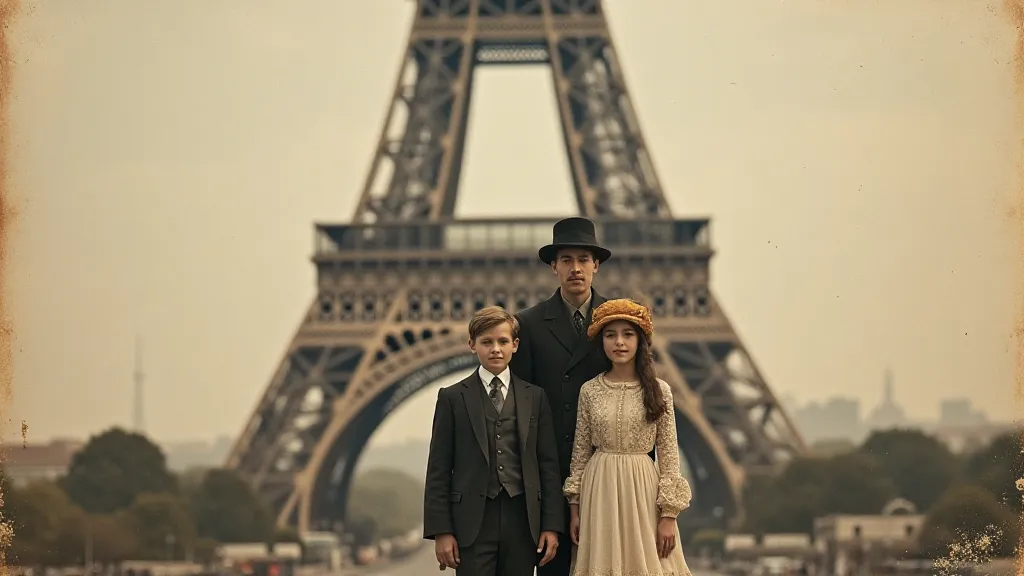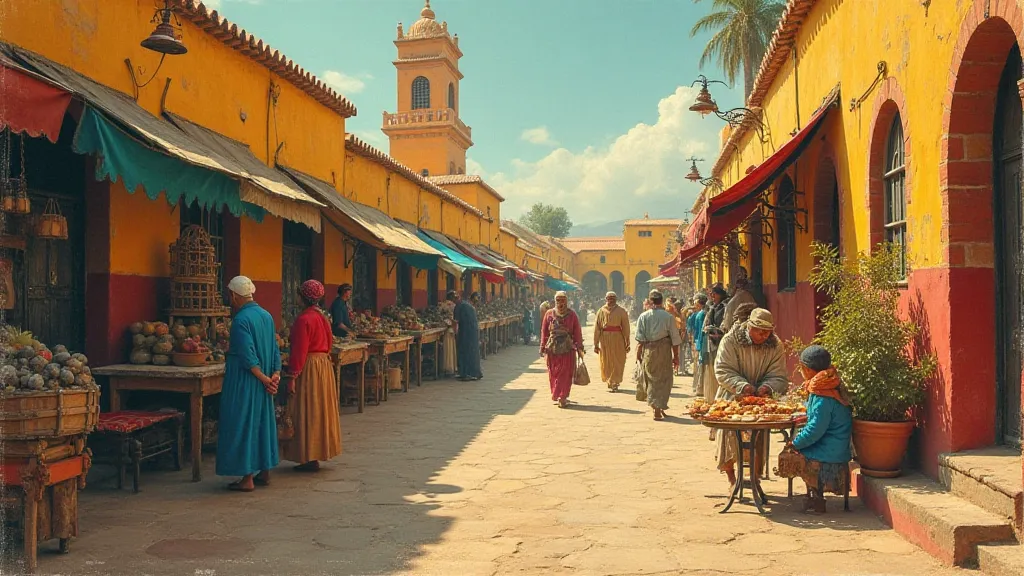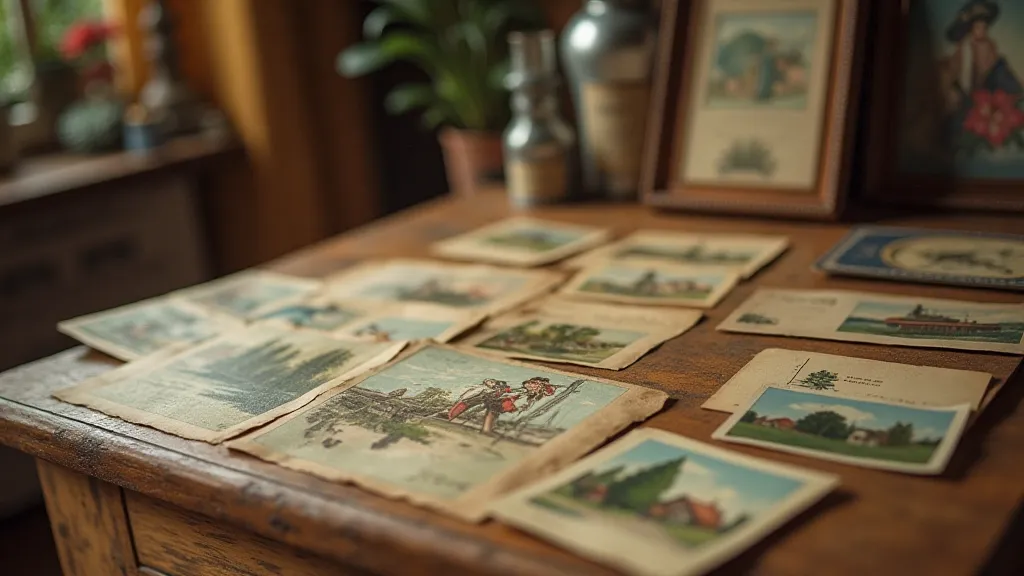The Postcard's Portrait: Deconstructing the Romanticized Self
The weight of a vintage postcard in your hand isn't just the feel of aged cardstock; it’s the echo of a moment, a carefully constructed narrative sent across miles. Before Instagram filters and meticulously curated online personas, there was the postcard – a small, rectangular window into a world striving for a particular image. Collecting these glimpses of the past isn't just about acquiring pretty pictures; it’s about understanding the societal pressures and aspirations of a bygone era, a time when the postcard became a tool for crafting and projecting a romanticized self.
The late 19th and early 20th centuries witnessed an explosion in postcard production. Technological advancements, particularly the invention of photogravure, made mass production feasible, drastically reducing costs. This accessibility coincided with a rising tide of travel, fuelled by burgeoning middle classes and the promise of escape. Suddenly, visiting exotic locales wasn't just for the wealthy elite; it was becoming an ambition for many, and the postcard became the quintessential souvenir, a tangible representation of that aspiration. The postcard's role extended beyond mere documentation; it served as a performative act, a declaration of arrival and a carefully curated impression delivered across geographical distance.

The Performance of Presence
Consider the typical postcard scene: a stately hotel, a scenic vista, a bustling marketplace. These weren't candid snapshots. They were carefully orchestrated moments. People posed, often in stiff, formal attire, wanting to project an image of prosperity and sophistication. Think about it – these weren’t tourists simply enjoying their vacation; they were actors on a stage, presenting a version of themselves designed to impress the recipient. The postcard wasn’s necessarily about *experiencing* a place; it was about *being seen* in that place. The very act of sending a postcard became a ritual, a performance designed to construct an image of oneself as cultured, adventurous, and enviable.
My own collection began with a single postcard, purchased from an antique shop during a rainy Saturday afternoon. It depicted a young woman, elegantly dressed in a long skirt and elaborate hat, standing beside a majestic mountain range. The inscription on the back, written in flowing cursive, simply read, "Wish you were here." It wasn't the image itself that captivated me initially; it was the feeling it conveyed – a longing for connection, a subtle hint of loneliness, and a conscious effort to convey a particular mood. That single postcard became a gateway, a portal to a world of forgotten narratives. This sense of yearning and separation, so poignantly expressed, makes me consider the untold stories behind countless other unsent messages; stories of lost connections and unspoken longings—perhaps those captured in the unsent message of a vintage postcard.
Craftsmanship and the Imperfect Beauty of Age
Beyond the sociological implications, there's a profound beauty in the craftsmanship of these vintage postcards. The intricate details in the photogravure, the subtle shifts in tone, the texture of the cardstock itself – these are all testaments to a different era, one where quality and artistry were often prioritized over mass production and disposable trends. Examining a postcard under magnification, one can often discern the slight imperfections – the tiny dots of ink that compose the image, the subtle variations in color, the faint impressions left by the printing process. These imperfections aren't flaws; they are signatures of authenticity, whispers of the past. The very aging process imparts a unique character, transforming a simple image into a window into a bygone era.
Restoring a vintage postcard, when necessary, is a delicate process. Overly aggressive cleaning can strip away the original patina and damage the image. The goal isn’t to erase the signs of age, but to stabilize them, to protect the postcard from further deterioration. Similar principles apply to collecting. While pristine, mint-condition postcards can be valuable, many collectors appreciate the character and history conveyed by cards that show signs of use – a slightly torn corner, a faded inscription, a postal stamp that tells a story of its own. The journey the postcard has taken, the places it has seen, all contribute to its inherent value.
The Rise of the Tourist Gaze
The postcard era coincided with the rise of what we now call the “tourist gaze” – the tendency to view places and people through the lens of a preconceived notion, often shaped by popular culture and marketing. Postcards actively contributed to this phenomenon, offering idealized and often romanticized representations of foreign lands and cultures. The “exotic” became codified, reduced to a few carefully chosen images designed to evoke a particular emotional response. This constant reiteration of particular landscapes and scenes, creating a manufactured image of what a destination *should* look like, is a fascinating study in itself.
This wasn’t necessarily a negative thing. It spurred curiosity and inspired people to explore the world. But it also fostered a certain degree of superficiality, a desire to consume experiences rather than truly engage with them. The postcard became a symbol of that desire, a tangible reminder of a carefully constructed facade. The carefully chosen subject matter and presentation were all part of a broader cultural phenomenon, a desire to create a narrative of a journey, a longing to be transported – a yearning that sometimes overshadowed the reality of the experience itself. Exploring these cultural influences reveals the depth of historical contexts that shaped these images, perhaps best understood when examined alongside the broader trend of paper pilgrimages.

More Than Just a Picture: A Social Artifact
Ultimately, collecting vintage postcards isn't just about acquiring pretty images; it’s about engaging with a tangible piece of history, a window into the aspirations and anxieties of a bygone era. It’s about understanding how people sought to present themselves to the world, and how those presentations were shaped by the social and cultural forces of the time. The postcard, in its small, rectangular form, served as a powerful tool for crafting identity, curating appearances, and pursuing an idealized image. Each card holds a silent story, a testament to the human desire for connection, recognition, and a place in the collective memory. The faded ink, the worn edges, the subtle imperfections – these aren't blemishes; they are the marks of a life lived, a story told, and a moment captured in time.
My collection continues to grow, each new acquisition a fresh encounter with the past. Each postcard isn’t just a piece of cardstock; it’s a fragment of a story, a whisper of a life, a portrait of a self meticulously crafted and sent across miles, a romanticized self striving to be seen. These fragments of the past, imbued with the hopes and dreams of those who sent and received them, remind us of the enduring power of human connection and the lasting impact of even the smallest of artifacts.






